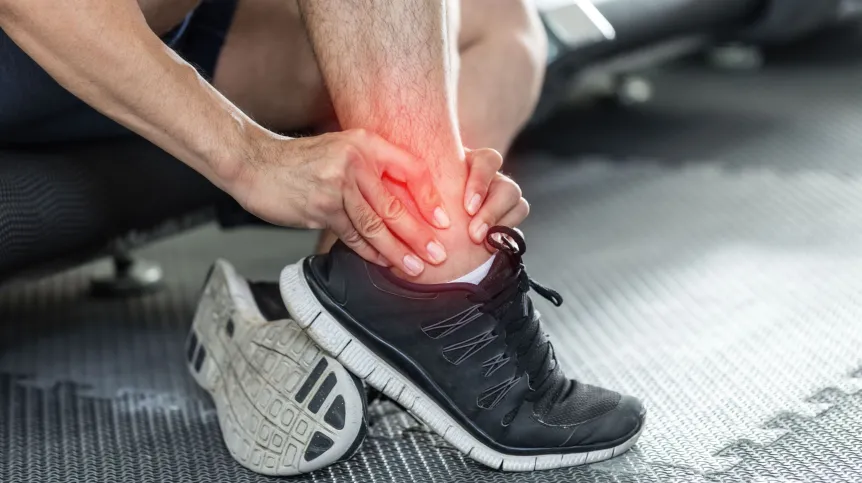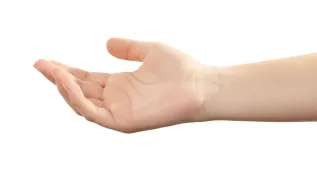
The ankle sprain simulation and research laboratory at the Opole University of Technology will receive nearly PLN 1 million from the state for research, reports the university's spokesperson Anna Kułynycz.
The laboratory operating at the university’s Faculty of Physical Education and Physiotherapy is the only facility of this type in Europe and the second one in the world. On a specially designed treadmill, scientists examine, for example, the pathomechanisms behind the development of chronic ankle instability.
According to Wojciech Stefaniak from the Faculty of Physical Education and Physiotherapy these types of injuries, commonly called ankle sprains, are still the most common injuries among people practicing sports, and they tend to recur and are underestimated, which in extreme cases may cause serious health problems.
'One person sprains the joint slightly, nothing else happens, it is enough to bandage the foot. But often even the smallest sprains result in an increased risk of re-injury in the near future, which may have much worse consequences. Treatment most often involves immobilisation, which is indicated in more severe cases in the first stage after the sprain, but later it must be followed by physical activation. Very often there are cases where the joint is immobilised for a longer period of 2-3 weeks and later the muscular system is weakened. There are also cases where such protection is not used at all, the person walks with pain, changes the way of walking and putting weight on the foot, which exposes them to an even greater risk of re-injury and other problems', Stefaniak says.
Research has shown that people who regularly sprain their ankles have changes in the structure of the joint, including changes in articular cartilage and early degenerative changes. Muscle activity also changes, leading to changes in neuronal activity even at the level of the spinal cord and cerebral cortex. According to Professor Dawid Bączkowicz, dean of the Faculty of Physical Education and Physiotherapy, the money from the state funds will enable the purchase of modern equipment that will be used to develop new methods of treating such injuries.
'Existing therapies do not give satisfactory results because recurrent sprains still occur. We want to change this, which is why we applied in the ministerial competition Science for Society. In our research we will use ultrasound, we will test the mechanical properties of soft tissues using myotonometry, we will also assess the bioelectrical activity of muscles using electromyography, we will study genetic determinants, susceptibility to injuries, and we will also check the presence of biomarkers of damage and repair of joint structures and periarticular tissues in the plasma of the subjects', says Professor Bączkowicz (PAP).
Marek Szczepanik
masz/ drag/ kap/
tr. RL













